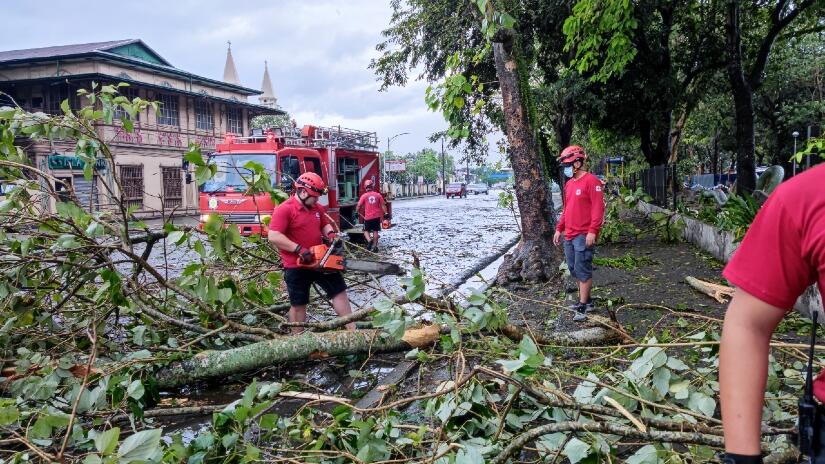Urban resilience
For most of humanity the future involves living in cities. But to do so safely, urban communities need to be prepared for, and resilient to, the increasing and changing shocks they face.
The future is urban
Cities have always attracted people from rural areas in search of opportunities and connections. But right now the world's urban population is growing by around 1.4 million people every week. If this trend continues, by 2050 an estimated two thirds of the world's population will live in cities.
If this rapid urban growth isn't planned for properly, the number of people exposed to disasters, diseases, the impacts of climate change, and other hazards will continue to increase. It's the poorest people who will suffer the most, as they often live in the highest-risk areas and have the fewest resources to protect themselves.
Rapid and unplanned urbanization also presents new challenges for authorities and humanitarian organizations when it comes to preparing for, responding to, and helping communities recover from disasters in urban areas. These challenges include:
- Hazards in urban areas often have 'cascading effects'. This means they can trigger other hazards which then create additional negative impacts (for instance flooding in cities can cause power outages that make it harder for people to recover)
- Multiple stakeholders, interest groups and levels of governance in cities require more and better coordination
- More people living in tightly packed areas means more competition for resources and conflicting interests
- People living in cities are highly dependent on complex urban infrastructure (such as water and sanitation systems, electricity, transport). If these are compromised, they may not have any fallback options.
What are we doing?

Philippine Red Cross volunteers clear roads of fallen trees and debris in Cebu City following Super Typhoon Rai that slammed into the Eastern coast in December 2021. Prior to the typhoon hitting, the Philippine Red Cross conducted community outreach with people in the typhoon's path to help them prepare and protect themselves.
Photo: Philippine Red Cross
The IFRC and our member National Societies are helping urban communities worldwide be more prepared for, and resilient to, increasing and changing hazards. This includes hazards such as heat waves which are actually deadlier in cities than in rural areas.
Through our thousands of urban branches and millions of volunteers within cities, we're responding to urban disasters and supporting urban recovery efforts.
And working together with governments, communities, development actors, the private sector and academia, we're helping foster sustainable, green and inclusive urban development so we can live together safely in our urban future.
Watch: Urban resilience and preparedness
Movement Resolution
At the 2022 Council of Delegates, the International Red Cross and Red Crescent Movement adopted the Resolution Strengthening the resilience of urban communities: Our way forward.
Through this Resolution, Movement members commit to:
- Strengthen partnerships with relevant urban stakeholders (local authorities, other NGOs, academia and the private sector)
- Scale up services and successful approaches to build resilience (focusing especially on the sustainability of the efforts, with the involvement of communities in finding solutions)
- Use the Movement’s strengths and experience to lead thinking and innovation on humanitarian action in urban contexts.
You can learn more about this Resolution and how it came about in this background document.
Related documents
Building urban resilience: A guide for Red Cross an Red Crescent engagement and contribution
Read more
Drowning just below the surface: The socioeconomic consequences of the COVID-19 pandemic
Read more
Urban Reconstruction Handbook
Read more
Urban Action Kit
Read more
